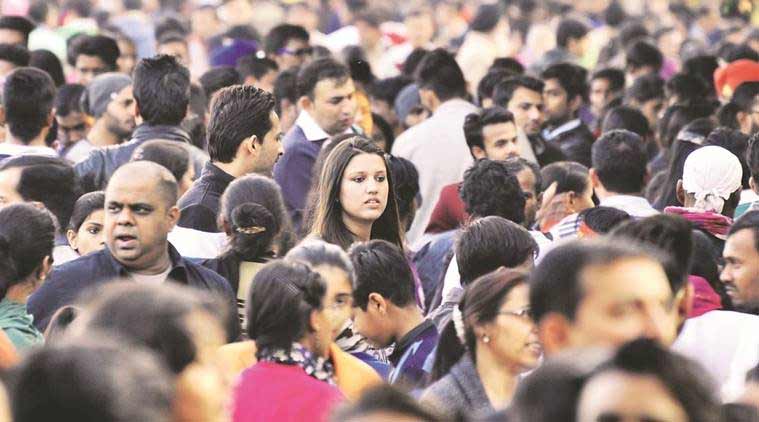In the absence of issues to target the government with, the opposition and the media have resorted to either inventing issues or propagating falsehoods and half-truths to defame a genuine policy reform. On the issue of 10 percent reservation to the economically weaker sections of the general category, this very aspect was visible. Baffled by this political masterstroke by the Modi government, the opposition and the media resorted to this very same tactic and tried to mislead the people. A group of critics argued that if the bar for availing reservation under the economically weaker sections has been raised to Rs. 8 lakh then why the government is not raising income tax limit which is currently 2.5 lakh. “This Rs 8 lakhs limit -announced for 10% reservation–will be a good base for a personal income tax-free slab–why tax the poor?” tweeted RVAIDYA.
This Rs 8 lakhs limit -announced for 10% reservation–will be good base for a personal income tax free slab–why tax the poor? @narendramodi @arunjaitley @sgurumurthy @Swamy39 @MRVChennai @smritiirani @nsitharaman RT
— RVAIDYA2000 🕉️ (@rvaidya2000) January 7, 2019
However, the argument defies logic. The income taxpayers are well aware that ‘effective tax’ paid by people earning up to 5 lakh is below 5 thousand after rebate. Additionally, it is important to understand that a person earning 8 lakh is not poor and given the average family size in the country is 5, even if the family comprises of only two earning members, the income goes to 10-15 lakh. Even if a person is earning 8 lakh per annum then s/he is richer than 70.42 percent of the people in the country and therefore they should share a fair share of the burden in taxes. The annual family income limit for other backward classes (OBCs) to avail benefits of reservation is also capped at 8 lakh rupees per annum.
Another point is that reservation is a completely different issue from income issue. The intangible benefits to poor among upper caste are far greater than raising income tax bar. Reservation is more of a social issue in the country rather than the economic aspect. Even at the time reservation was introduced, it was aimed to bridge social inequalities rather than to address economic disparities.
Many critics asked why the annual income is capped 8 lakh per annum (lpa) not 5 lakh per annum. The critics fail to notice that the income cap of 8 lpa is for household income, not individual income. As per critics, more poor people would have benefitted from the scheme if the income was capped at 5 lpa.
The important point to note here is that average family income in the country in 2018-19 is 1.25 lakh rupees. Average household size in India consists of 5 people. Therefore the average income of a household goes to 6.25 lakh rupees per annum.
If your annual income is Rs 8 lakh, this is where you stand: Only 10.75% Indians are richer than you. #Reservation pic.twitter.com/nCzJNSykKv
— Somesh Jha (@someshjha7) January 7, 2019
If the government had capped it at 5 lakh rupees then most of the general category families would have not been eligible for this scheme and the whole purpose of the general category reservation on the basis of economic status gets defeated.
Therefore, the 8 lakh cap on family income is best placed to address the issues of the majority of economically backward sections belonging to the general category. It not only accommodates a varied section of the people but in terms of practicality, is set to be inclusive rather than exclusionary.
